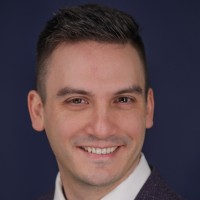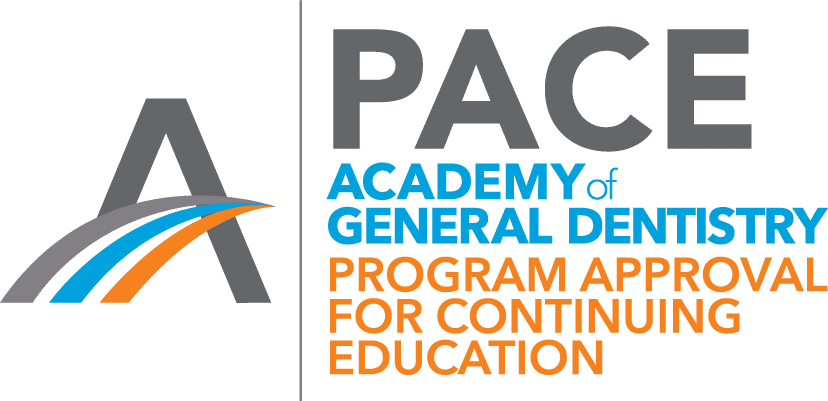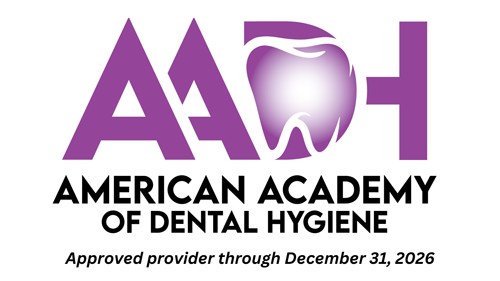Date: December 4, 2025 | 7:00 PM CST/8:00 PM EST
Duration: 1 Hour
Credits: 1
Presenter: Dr. Nathaniel Lawson DMD PhD
Sponsor: Dandy
Cost: Free
This course delivers a practical, decision-based approach to bonding and cementing ceramic crowns in daily practice. Rather than focusing on theory alone, it breaks down when to bond with resin cements and when to use resin-modified glass ionomer (RMGI) cements—and why. Participants will learn the clinical indications, benefits, and limitations of each category, including self-adhesive resin cements versus those requiring a separate adhesive.
By the end of the session, attendees will have a clear and adaptable framework for choosing and performing the correct cementation technique for any ceramic crown scenario—with confidence and predictability.
Learning Objectives
By the end of this course, participants will be able to:
- Differentiate between bonding with resin cement and cementing with RMGI cement, and identify clinical situations where each is indicated.
- Compare and select appropriate resin cement systems—self-adhesive vs. those requiring a bonding agent—based on substrate, restoration type, and clinical demands.
- Answer some frequently questions about bonding to dental ceramics like how to clean off old resin cement or how to prepare the surface of a crown when using a RMGI cement
About the Presenter

Nathaniel Lawson DMD PhD is the Director of the Division of Biomaterials at the University of Alabama at Birmingham School of Dentistry and the program director of the Biomaterials residency program. He graduated from UAB School of Dentistry in 2011 and obtained his PhD in Biomedical Engineering in 2012. His research interests are the mechanical, optical, and biologic properties of dental materials and clinical evaluation of new dental materials. He has published over 200 peer reviewed articles, book chapters, and research abstracts. He was the 2016 recipient of the Stanford New Investigator Award and the 2017 Innovative Research Fellowship both from the American Dental Association. He served on the American Dental Association Council of Scientific Affairs and is on the editorial board of The Journal of Adhesive Dentistry and Compendium. He has lectured nationally and internationally on the subject of dental materials. He also works as a general dentist in the UAB Faculty Practice.
Supported in part through an unrestricted educational grant by:







